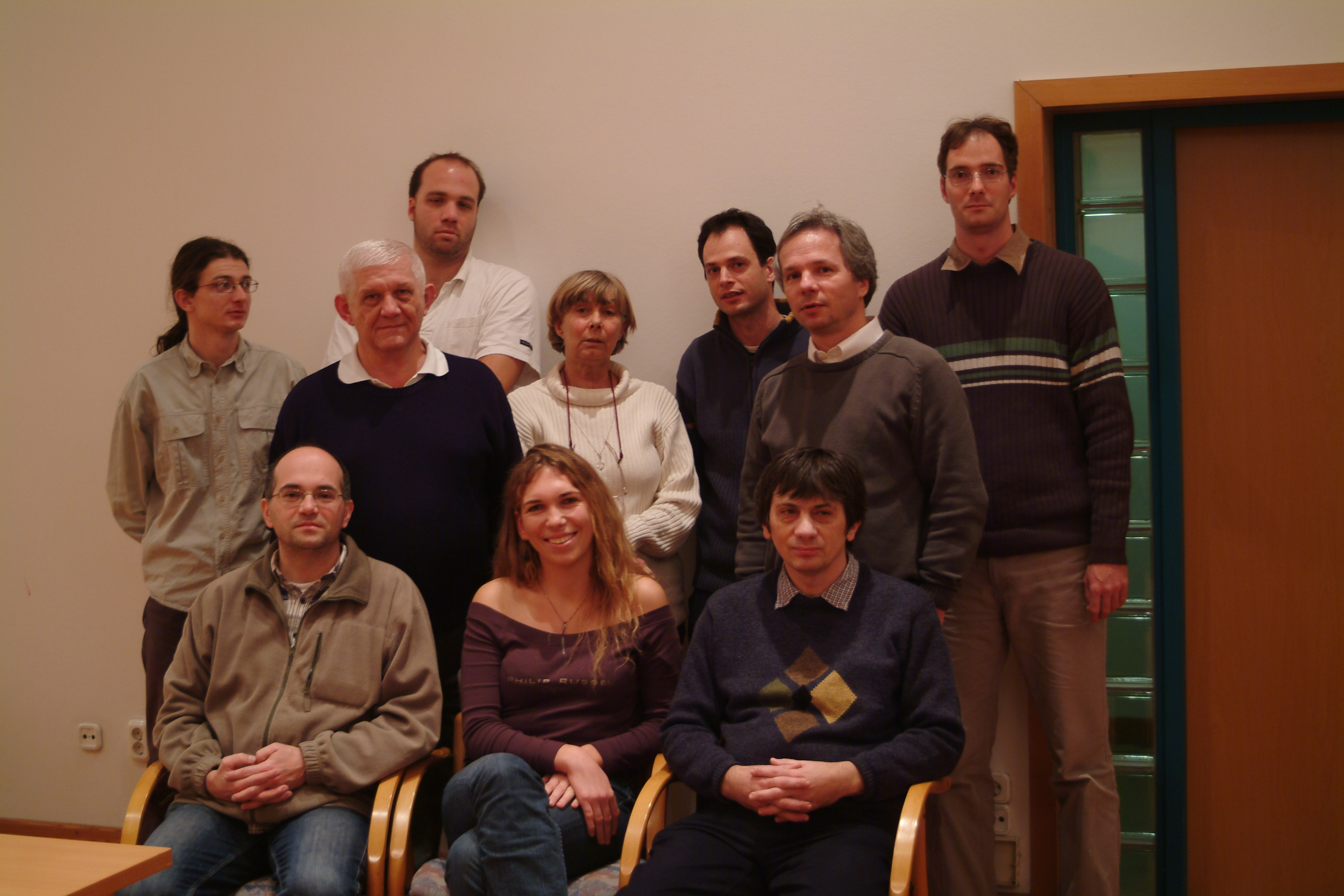Introduction
Biodiversity crisis is deepening, in spite of the international efforts, therefore there is an increasing need for the better understanding of nature via ecological research. Our research group intends to harmonize efforts towards the functional aspects, and to integrate the theoretically sound and applicable ecological researches. The study of taxon-abundance relationships, diversity, similarity, parasite and other animal assemblages are in our focus of interest, together with the development and application of suitable quantitative methods using advanced techniques (both software and laboratory, e.g. molecular and bioacoustical techniques), complemented by field experiments and surveys. Our strategy is to apply methods from other disciplines for our researches. One of our main priority is to develop the scientific base for nature conservation, including the analysis of biodiversity on farmlands vs. natural habitats, seeking for keystone species and assessing the sensitivity of food webs. We intend to further develop our researches on population biology, co-evolution and epidemiology of animal parasites.
